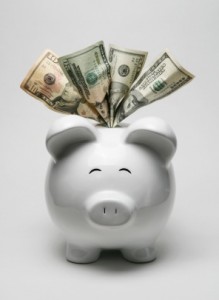Housing affordability has been trending upwards in the post-boom housing market, and according to analytics firm Fiserv, it’s now at a 40-year high.
Utilizing data from the Federal Housing Finance Agency, Fiserv studied 380 U.S. markets, and it found that with how home prices have corrected after their peak level in 2006’s first quarter, and how mortgage rates have similarly fallen, that a number of affordability-related indices are at their best levels in decades.
For instance, the relationship between home prices and rents has returned to 1998 levels, after renting became a more financially conducive scenario during the boom years. Also, the ratio of median single-family home price to median family income is now lower than at any time since 1991, and a conventional mortgage payment for median-priced homes is just 12 percent of median-family income, which is actually the lowest percentage on record going back to 1971.
Fiserv estimated in its report that such data would lure first-time and trade-up buyers back to the housing market. a process that David Stiff, the chief economist at Fiserv, further explained.
“[V]ery low prices have also started to draw in more buyers,” Stiff said. “As demand for houses ramps up, construction activity will increase and residential investment will begin to make a substantial contribution to the recovery and GDP overall.”
Another area that will impact residential activity is rental units, which have continued to rise in cost as more consumers opt to rent rather than buy. Because the costs are rising, though, consumers will eventually return to new households, which will be an increasingly cheaper option in many markets. And, lastly, that growing demand will put a floor on home prices, a trend that is already beginning to emerge.
But affordability was not the only area of improvement Fiserv highlighted. In 2011’s four quarter, home prices in 70 markets, or 18 percent of those surveyed, were unchanged or increased year-over-year, and in 32 percent, price declines were less than two percent. All were part of a wide-ranging trend, Stiff said, toward recovery.
“Nearly all non-price metrics — existing home sales, rising home order volumes, increased spending on home improvement, a jump in multi-family construction — indicate that the housing sector hit bottom last year and has started along a path of slow recovery,” Stiff explained. “We expect that home prices, which generally lag changes in sales activity by nine to 12 months, will stabilize by the end of this summer and then rise at an annualized rate of 3.9 percent over the next five years.”

